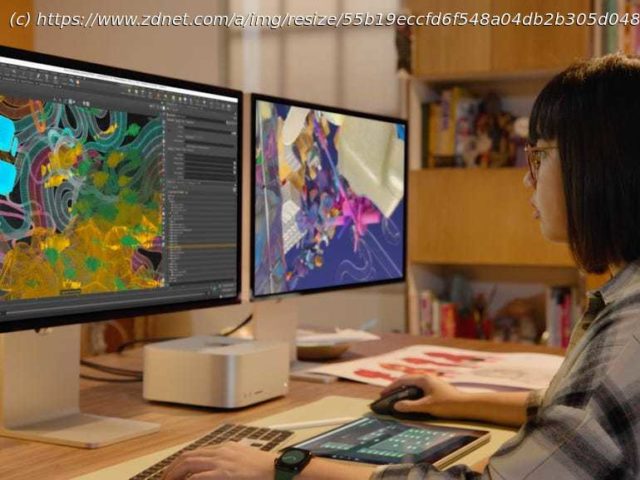Where does the new Mac Studio fit in Apple’s line-up compared to the Mac Pro and Mac mini? We look at all three models closely and share some game-changing conclusions.
On March 8, 2022, the Mac extreme pro experience changed, possibly forever. And, if Apple’s performance numbers for the new M1 Ultra processor are to be believed, that’s not hyperbole. The Mac Studio will be truly transformational. I’m talking about extreme pro users here. I’m not just talking about folks who use Macs for work. (I’ve been writing about the extreme pro experience since at least 2018.) Who are these extreme pro users? I’m looking at music producers, video editors, photo editors, programmers, AR and ML designers, scientists,3D modelers, and anyone else who needs a ton of computing power and flexibility. Until now, if you needed absolutely extreme Mac performance, you bought a Mac Pro. The still-Intel-based platform was redesigned in 2019; the still-Intel based platform provided the raw power extreme pros needed. That power came at a (big) price: the cheapest Mac Pro is $6,000. Fully equipped, it tops out at a whopping $52,000. Now, as I’ve said before, even though that price is enough to make some of us just want to faint, certain high-end applications (like making top-tier movies) do justify the price. And yet, as of now, that’s old news. Yesterday, Apple announced the Mac Studio. According to Apple, the performance of even the base Mac Studio with an M1 Max processor outperforms the Mac Pro. The double-sized M1 Ultra processor vastly outperforms the Mac Pro. Also: Apple Silicon, Rosetta, M1, M2, SoC: Why these terms matter to every computer buyer But the Mac Studio starts at a very-affordable-for-extreme-pros price of $2,000 and tops out (with a 20-core CPU,64-core GPU,32-core Neural Engine,128GB RAM, and 8TB flash storage) at $8,000. $8,000 vs $52,000 is a heck of a difference. Now, to be fair, the older Intel-based Mac Pro can support 768GB of RAM, which the Mac Studio can’t. But the fact that the Mac Studio eclipses the Mac Pro’s performance at less than a sixth of the price is game-changing. The Mac Studio is also much smaller. The 2019 Mac Pro takes up 1.832 cubic feet in terms of physical volume. The new Mac Studio takes up 0.115 cubic feet. That’s one-fifteenth the physical volume. In terms of footprint, the 2019 Mac Pro is 17.7 inches deep by 8.5 inches wide. The new Mac Studio is 7.7 inches square. All of this is made possible by Apple’s move to its own silicon in its M1 series of chips. Apple proved its ability to scale chip size with last year’s introduction of the M1 Pro and M1 Max. With the announcement of the M1 Ultra, Apple is showing off its interposer skills — the ability to fuse chips together inside the package to create even more powerful systems on a chip. Also: Introducing my design for an Apple Silicon-based Mac Pro But this is only the first generation of Apple’s in-house Mac chip development.
Start
United States
USA — software Mac Studio vs. Mac Pro and Mac mini: Apple delivers extreme power






